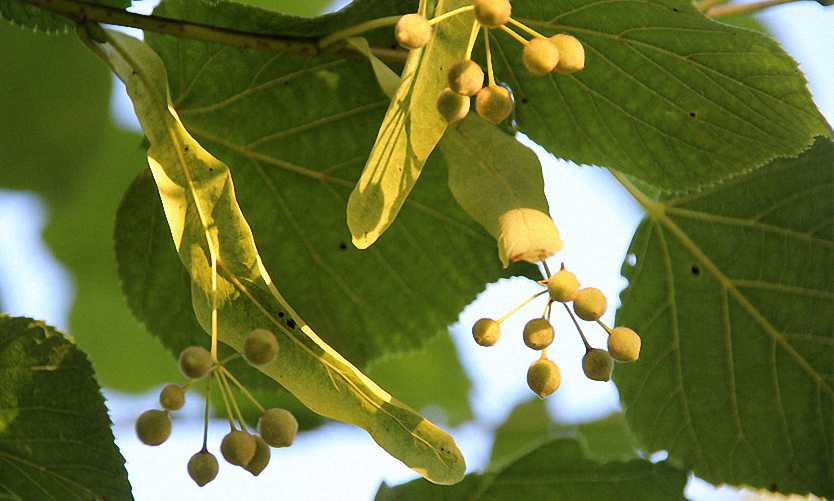Family: Tiliaceae
Where It’s Found (Habitat):
This tree naturally grows in the Northern Temperate Zone, especially in the British Isles. It’s also planted in parks, gardens, and along roads for shade and beauty.
Description:
-
It’s a tall deciduous tree (sheds its leaves in autumn) and can grow up to 130 feet tall.
-
The leaves are heart-shaped, dark green on top and lighter underneath, with toothed edges.
-
In spring, it produces sweet-smelling, yellowish-white flowers that hang in small clusters.
-
These flowers fill the air with a pleasant scent when the tree is in bloom.
Parts Used:
-
Flowers
-
Wood
-
Charcoal from the wood
Uses and Benefits:
Traditional Uses:
-
In Europe, especially France, dried flowers are kept in homes to make a herbal tea called ‘Tilleul’ (Linden tea).
-
This tea is used to help with colds, fevers, stress, and sleep problems.
-
The honey made from its flowers is considered one of the best in the world and is used in medicines and drinks.
Wood Uses:
-
The wood is light, soft, and easy to carve, often used for making small items, piano boards, organ parts, and artists' charcoal.
-
It doesn’t get worm-eaten and is great for making packing boxes and fine furniture.
Medicinal Properties:
Active Ingredients in the Flowers:
-
Volatile oil (with a fragrance)
-
Farnesol
-
Flavonoids (like hesperidin, quercetin, and astralagin)
-
Mucilage (a soothing, gel-like substance)
In the Bark:
-
Tilicin (a glucoside)
-
Tiliadin (a neutral substance)
In the Leaves:
-
A sweet substance similar to manna from Mount Sinai
Medicinal Uses:
-
Linden tea (tisane) is used as a gentle remedy for:
-
Indigestion
-
Anxiety
-
Nervous vomiting
-
Heart palpitations
-
Muscle spasms
-
Colds and fevers
-
-
Baths made from its flowers are believed to calm nerves and treat hysteria.
-
Some doctors prefer lime wood charcoal over poplar charcoal for treating stomach issues, burns, or skin sores.
Interesting Fact:
A study in America found that children with flu recovered faster using Linden tea than with antibiotics. In Europe, it’s still a popular home remedy, especially for children with colds and for helping them relax.
Caution:
If the flowers are too old, they might cause drowsiness or mild intoxication. It’s best to use fresh or properly dried flowers.
Speech Disorder
A speech disorder, also known as a speech impairment...
ADHD
Attention-deficit / hyperactivity disorder (ADHD) is a...
Cerebral Palsy(CP)
Cerebral palsy (CP) is a group of neurological disorders...
Cancer
Cancer is a broad term for diseases where cells...




